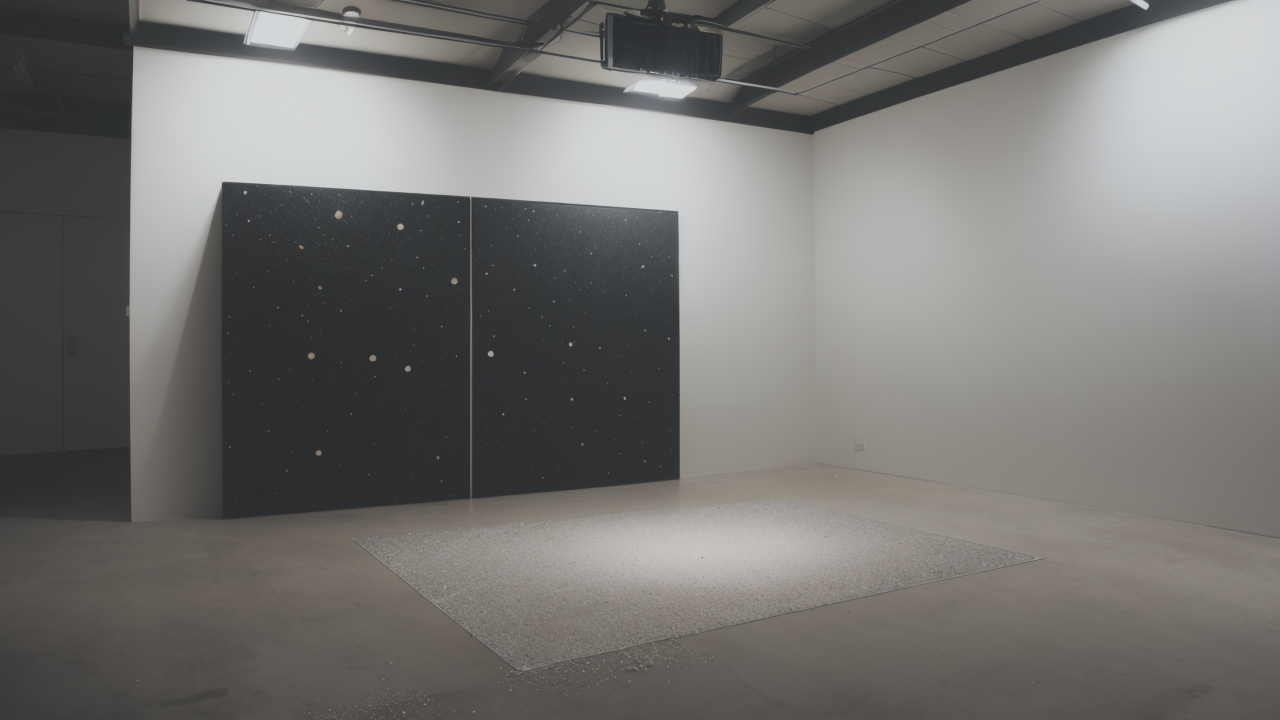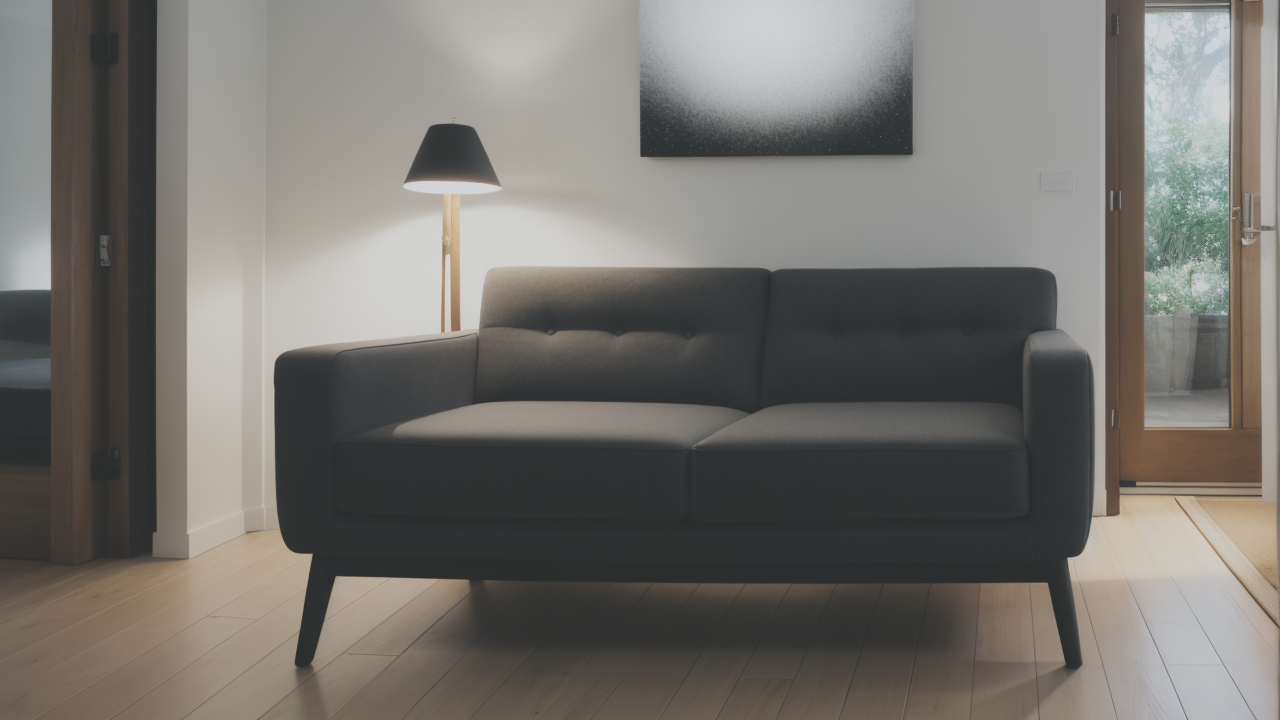
Nawabi Elegance Meets Wabi-Sabi Simplicity: Crafting Unique Wall Art
The Art of Wabisabi in Home Decor: Bridging Tradition and Modernity
Understanding Wabisabi: An Introduction
Wabisabi is a Japanese aesthetic that finds beauty in imperfection. It values simplicity and authenticity. This concept embraces the natural aging process of objects. In home decor, wabisabi brings a sense of calm and harmony. It celebrates the marks of time and use on items. Wabisabi art often features rough textures and muted colors. It may include natural materials like wood, stone, or clay. The goal is to create a peaceful, lived-in feel. Wabisabi doesn't seek perfection. Instead, it finds charm in flaws and asymmetry. This approach can make spaces feel more welcoming and relaxed.

The Influence of Wabisabi Art on Home Aesthetics
Wabisabi art has greatly shaped modern home design. It offers a refreshing contrast to sleek, mass-produced decor. Wabisabi pieces add character and depth to living spaces. They create a cozy, intimate atmosphere. This style often uses earthy tones and organic shapes. It can include handmade ceramics, weathered wood, or rustic textiles. Wabisabi art encourages mindfulness and appreciation of everyday objects. It reminds us to slow down and notice subtle beauty. In busy modern homes, wabisabi elements provide a calming counterpoint. They help create spaces that feel both stylish and lived-in.
Crafting Wabisabi-Inspired Wall Art: A Step-by-Step Guide
Selecting the Right Materials for Wabisabi Art
Choosing materials is key in creating wabisabi wall art. Natural, imperfect items work best. Consider these options:

- Driftwood or weathered boards
- Handmade paper or fabric
- Clay or ceramic pieces
- Rustic metals like copper or iron
- Natural fibers such as jute or hemp
Look for items with interesting textures or marks. Avoid anything too polished or perfect. Reclaimed or recycled materials fit well with wabisabi principles. You might use old barn wood or vintage textiles. The goal is to find items with character and history. These materials will add depth and interest to your art. Remember, flaws are welcome in wabisabi design. Embrace cracks, knots, or uneven edges in your chosen materials.
Designing Your Wabisabi Artwork: Tips and Techniques
When creating wabisabi wall art, keep things simple and natural. Start with a basic concept or shape. Avoid complex patterns or bright colors. Instead, focus on texture and subtle variations. You might try these techniques:
- Arrange found objects in a pleasing composition
- Create a minimalist painting with earthy tones
- Craft a textured wall hanging using natural fibers
- Make a collage with torn paper or fabric scraps
- Sculpt a simple form from clay or plaster
Don't aim for perfection. Let the materials guide your design. Embrace asymmetry and rough edges. Consider leaving parts of your artwork unfinished. This adds to the wabi-sabi feel. Work slowly and mindfully. The process is as important as the result. Remember, wabisabi art should feel authentic and handmade. It's okay if your piece looks a bit rough or unpolished. This imperfection is part of its charm and appeal.
The Final Touch: Incorporating Wabisabi Art into Home Decor
Once you've created your wabisabi wall art, it's time to display it. Choose a spot where it can be appreciated. A simple, uncluttered wall works best. Avoid hanging it among too many other pieces. Wabisabi art shines when given space to breathe. Consider the lighting in the area. Soft, natural light can enhance the artwork's subtle beauty. Think about how the piece relates to nearby furniture and decor. It should complement, not compete with, its surroundings. You might pair it with other natural elements like plants or stones. Remember, wabisabi is about creating harmony. Your art should feel like a natural part of the space.
The Value of Wabisabi Wall Art in the Contemporary United States Market
Why Choose Wabisabi Art for Your Home
Wabisabi art offers unique benefits for modern homes. It brings a sense of calm and authenticity to spaces. In a world of mass-produced goods, wabisabi pieces stand out. They offer a connection to nature and craftsmanship. Wabisabi art can make a home feel more personal and lived-in. It encourages mindfulness and appreciation of simple beauty. This style works well with various decor trends. It can add warmth to minimalist spaces or depth to rustic ones. Wabisabi art is also sustainable. It often uses natural or recycled materials. This appeals to eco-conscious consumers. Choosing wabisabi art means investing in timeless, meaningful decor.

The Role of Wabisabi Wall Art in Home Value Enhancement
Wabisabi wall art can boost a home's value in several ways. It adds unique character to spaces. This can make a home more memorable to potential buyers. Wabisabi pieces often become talking points. They add interest and depth to rooms. High-quality, handmade art is always valued in home decor. Wabisabi art fits this category perfectly. It shows attention to detail and craftsmanship. This can elevate the perceived value of a space. Wabisabi art also aligns with current design trends. Many buyers seek homes with a natural, authentic feel. Wabisabi elements cater to this desire. They create a sense of sophistication and thoughtful design.
Trends and Predictions: The Future of Wabisabi Art in Home Decor
Wabisabi art is likely to grow in popularity in coming years. As life gets busier, people seek calm, authentic spaces at home. Wabisabi offers this peace and groundedness. We may see more wabisabi influence in mainstream decor. This could include more use of natural materials and textures. Handmade, imperfect items may become more valued. The sustainable aspect of wabisabi will likely gain importance. As environmental concerns grow, eco-friendly decor will be in demand. Wabisabi's emphasis on longevity and timelessness fits this trend. We might also see wabisabi principles applied to technology. This could lead to more organic, user-friendly designs. Overall, wabisabi art is poised to play a significant role in future home decor trends.


